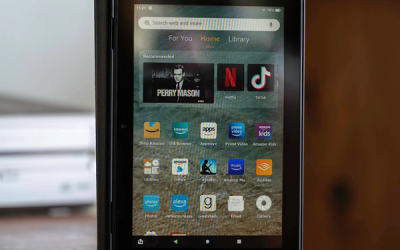The Chinese company Huawei Technologies is trying to restore the production of chips of its own design, which had previously been curtailed under the pressure of US sanctions. To do this, the telecommunications giant joined forces with Chinese semiconductor manufacturers, which also fell under US government sanctions.
Huawei, once a major smartphone maker, lost access to key US technologies and the capabilities of global contract chipmakers like TSMC in 2019 when Washington tightened export controls on the company. Since then, Huawei has had to rely on third-party chips and stockpiles to sustain its telecommunications equipment business.
To resume the production of its own chips, Huawei is working with Chinese companies, which are also included in the so-called “black list” of the United States. According to the source, Huawei has redesigned some of its chips so that they can be manufactured using less advanced manufacturing processes that are available in China. It is noted that Huawei is not building factories from scratch, instead providing funding and assistance in the procurement and operation of equipment from several local semiconductor manufacturers with the active support of the country’s government. The company’s goal is to build production lines without US interference in the business.
While Washington has granted export licenses to Huawei for certain technologies, the company itself has acknowledged the impact of US sanctions, saying it will take a long time to resolve problems with semiconductor supply chains. According to reports, Huawei has partnered with Fujian Jinhua, a Fujian provincial government-backed enterprise under US sanctions, and Ningbo Semiconductor International, a major Chinese chipmaker Semiconductor Manufacturing International Corp., is a shareholder. (SMIC). Huawei also cooperates with several small semiconductor factories in Shenzhen and other regions of the country.
It is noted that Huawei is focusing on chips for telecommunications equipment, as they are less demanding on advanced technologies, unlike consumer devices such as smartphones. In addition, such chips are required much less. Huawei annually produces about 500,000 pieces of telecommunications equipment, while leading brands produce at least 100-200 million pieces of the same smartphones a year.




